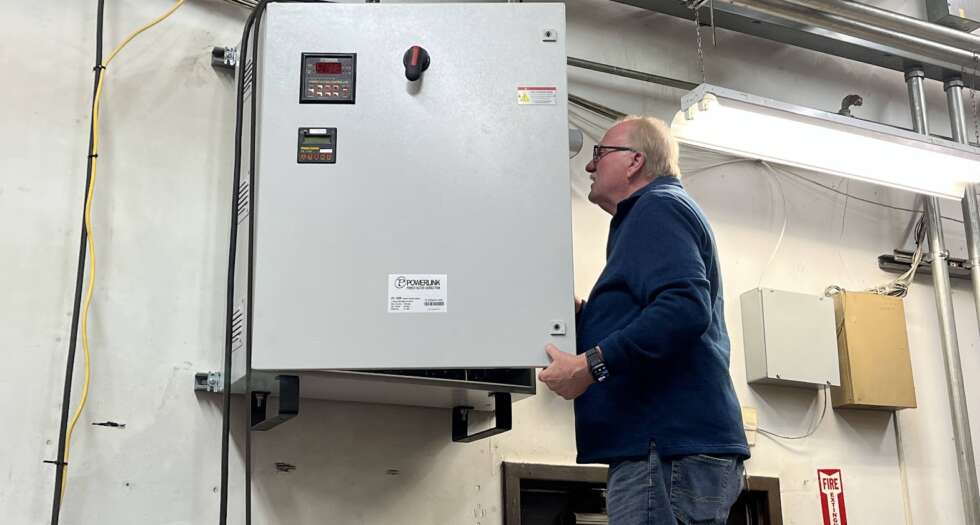We are thrilled to announce a significant success story for one of our Central Ohio manufacturing clients, demonstrating the immediate and dramatic impact of expert Power Factor Correction (PFC)! The Energy Efficiency Group (of SW Ohio), in collaboration with our esteemed partners, Global Energy Solutions Group (of Indianapolis, IN) and Garber Electric (of Dayton, OH), […]
Case Study Success: Central Ohio Manufacturer Sees Power Factor Soar to Near-Perfect with Strategic Partnership!
Navigating Rising Energy Costs
4 months ago
How Power Factor Correction Offers Relief in the Ohio, Kentucky, Indiana Region The past year has seen a significant increase in commercial and industrial energy rates across the Ohio, Kentucky, and Indiana (OH-KY-IN) region. Businesses are feeling the pinch as utility bills climb, impacting bottom lines and forcing a re-evaluation of operational costs. But within […]
Energy Rates Have Spiked (again); What Can be Done?
5 months ago
Commercial energy rates in Ohio, particularly within the PJM Interconnection region, are experiencing a sharp increase due to a combination of factors, including rising demand, limited supply, and the effects of a recent capacity auction. Businesses are facing significant price hikes, with some experiencing increases of 29% or more, and these higher rates are expected to persist through May […]
Return on Your Power Factor Correction Investment
10 months ago
Implementing Power Factor Correction (PFC) can be a significant investment for your company, but it often yields substantial returns. Here are some ways your company could realize a significant ROI: Energy Cost Savings: Reduced electricity consumption: By improving power factor, you can reduce the reactive power component of your load, leading to lower overall energy […]
Creating a Sustainability Strategy Around Energy Efficiency Through Power Factor Correction
10 months ago
Power factor correction (PFC) is a strategic approach to improving energy efficiency, which can significantly contribute to your company’s sustainability goals. Here’s a step-by-step guide to creating a sustainability strategy centered around PFC: 1. Conduct an Energy Audit: Identify energy-intensive areas: Pinpoint the specific areas of your operation that consume the most electricity. Assess power […]
Basics of Power Factor Correction
1 year ago
Power factor correction (PFC) is a technique used to improve the efficiency of electrical systems. It addresses the issue of reactive power, which is a component of electrical power that doesn’t do any useful work but still flows through the system. Understanding Power Factor Reactive power: This is the component of electrical power that is […]
Return on Your Power Factor Correction Investment Implementing Power Factor Correction (PFC) can be a significant investment for your company, but it often yields substantial returns. Here are some ways your company could realize a significant ROI: Energy Cost Savings: Reduced electricity consumption: By improving power factor, you can reduce the reactive power component of […]
Power Factor Correction (PFC) is not new but until recently was little known. Most Industrial and Commercial companies continue to introduce Sustainability efforts to great effect but have not considered PFC, or even know that they may benefit, or even “need” to. Consider: Indicators You Need Power Factor Correction A low power factor can lead […]
Explaining the Connection Between Power Factor Correction and IRS Section 179 If you’re a business owner or stakeholder to the financial health of a company looking to reduce energy costs and potentially maximize tax benefits, Power Factor Correction (PFC) might be a solution worth considering. There is much confusion and uncertainty when terms like Power […]
What if we don’t do Power Factor Correction?
2 years ago
From the Mailbag: We have a PF of 0.76- what if we don’t do Power Factor Correction? A power factor of 0.76 means that only 76% of the delivered power by the electrical system is being used for real work, and the remaining 25% is reactive power. This reactive power is used by inductive loads […]










